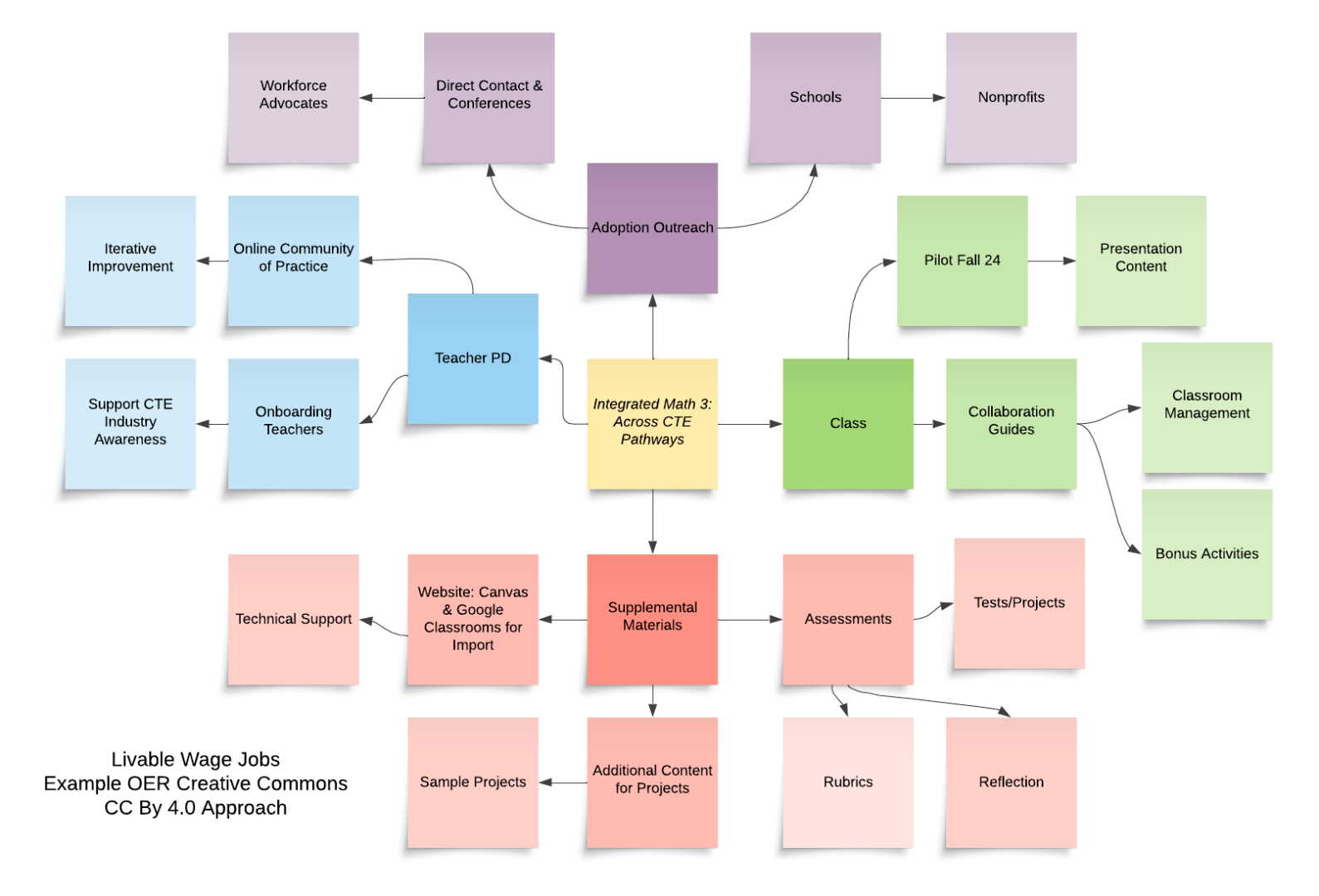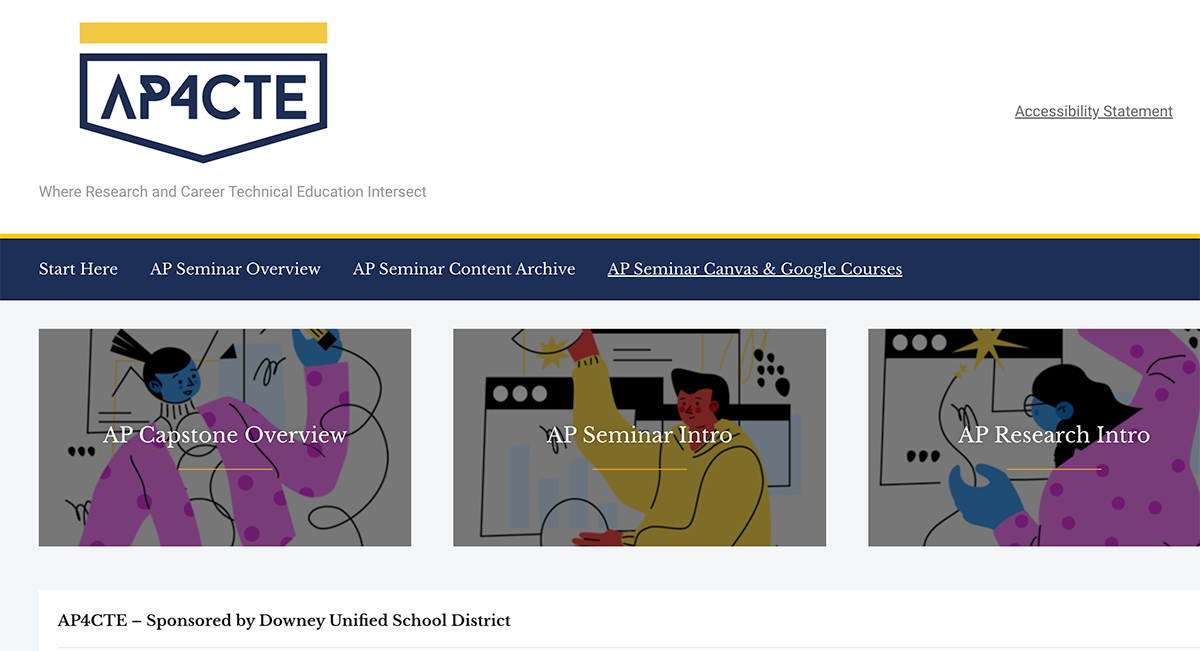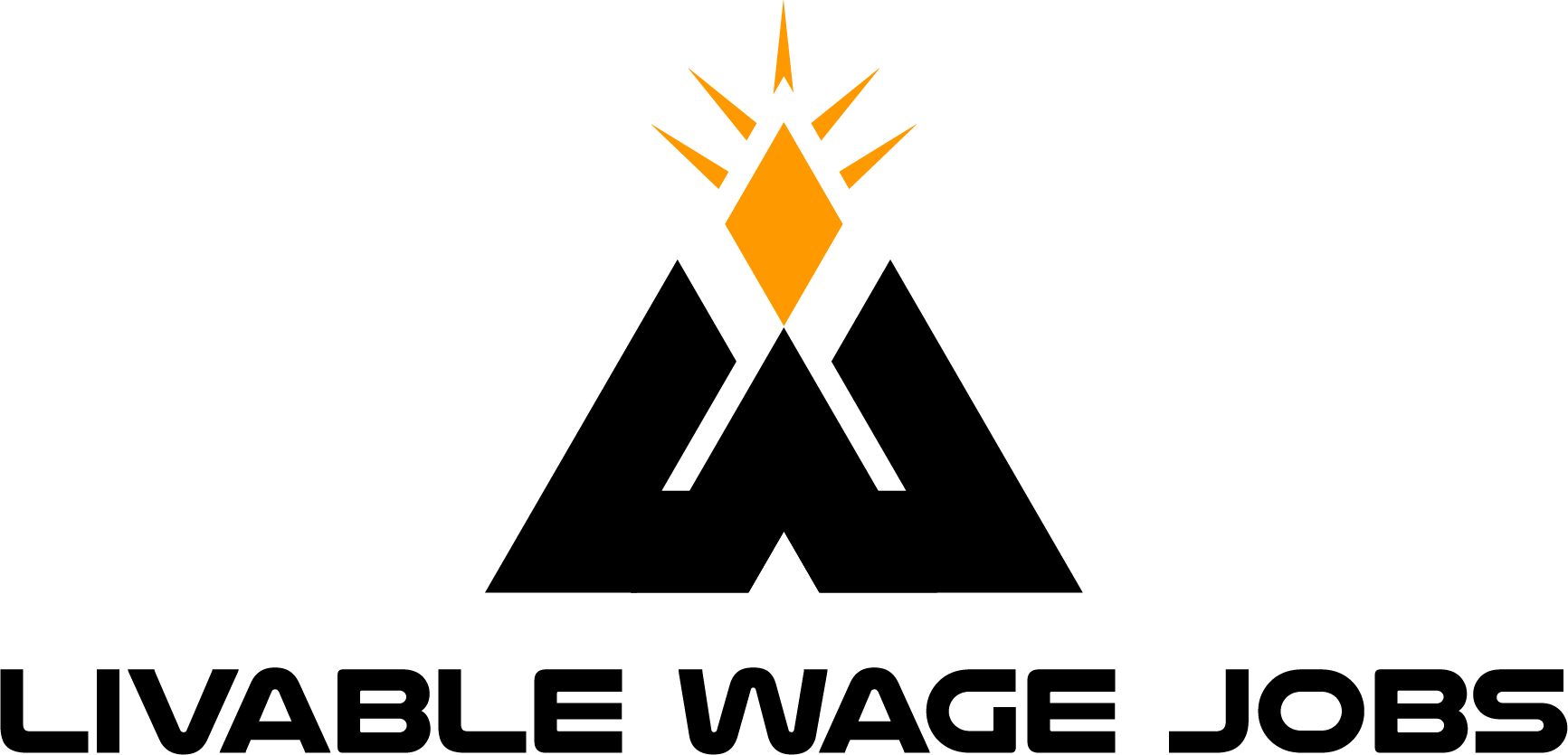Integrated Math 3: Across CTE Pathways
Too many students do not complete a 3rd-year math course. Shirley Malcom, a senior adviser to the American Association for the Advancement of Science, states she views the issues “as less about calculus and more about equity.” (Jaschik, 2022). LWJ/2DS and DUSD developed an Advanced CTE Mathematics curriculum to promote mathematical achievement. Designed with artisans and small business operations needs in mind, each unit of the class contains three components.
- A work-based use case.
- Experimenting/navigating/ manipulating that use case challenge using technology.
- Solving the work-based challenge with mathematics and work-based learning.
Students collaborate on a work-based use case using comfort-zone skills and communication to develop a mental model. As the math undergirding a unit emerges, the challenge and how to address it is clear.


Advanced Placement for CTE (AP4CTE)
Parents and schools often view Advanced Placement as a demonstration of student excellence and a provider of competitive advantage for university admittance. This approach limits high-need student participation. 2DS determined CTE capstone portfolio projects offer a unique demonstration of problem-solving, critical thinking, and complex learning.
AP4CTE consists of two interdisciplinary courses, AP Seminar, and AP Research, that promote college-level critical thinking. The project component leverages early research findings following one year of college outcome data showing that skills learned through cross-curricular exploration in taking AP Seminar provides a foundation for positive college and career outcomes (Jagesic et al., 2020). The CTE/STEM year two capstone project component has the potential to embed valuable research knowledge transferable to ongoing learning and the need to dovetail into CTE coursework in a relevant academic context.
This year, The AP Seminar topic is Building a Dynamic Workforce. Students follow AP Seminar requirements, and their research explores, for example, DUSD pathways in Computer Science/Game Development or Advanced Manufacturing. In AP Research, students develop Game Development digital and Advanced Manufacturing physical portfolios that receive AP Research credit and DUSD capstone course credit and serve as skill set demonstration to employers, colleges, and universities. Students receive AP credit for both AP Seminar and AP Research.
Materials are free at AP4CTE.org
Print books are available at cost Lulu Press Bookstore Teacher’s and Student Editions

